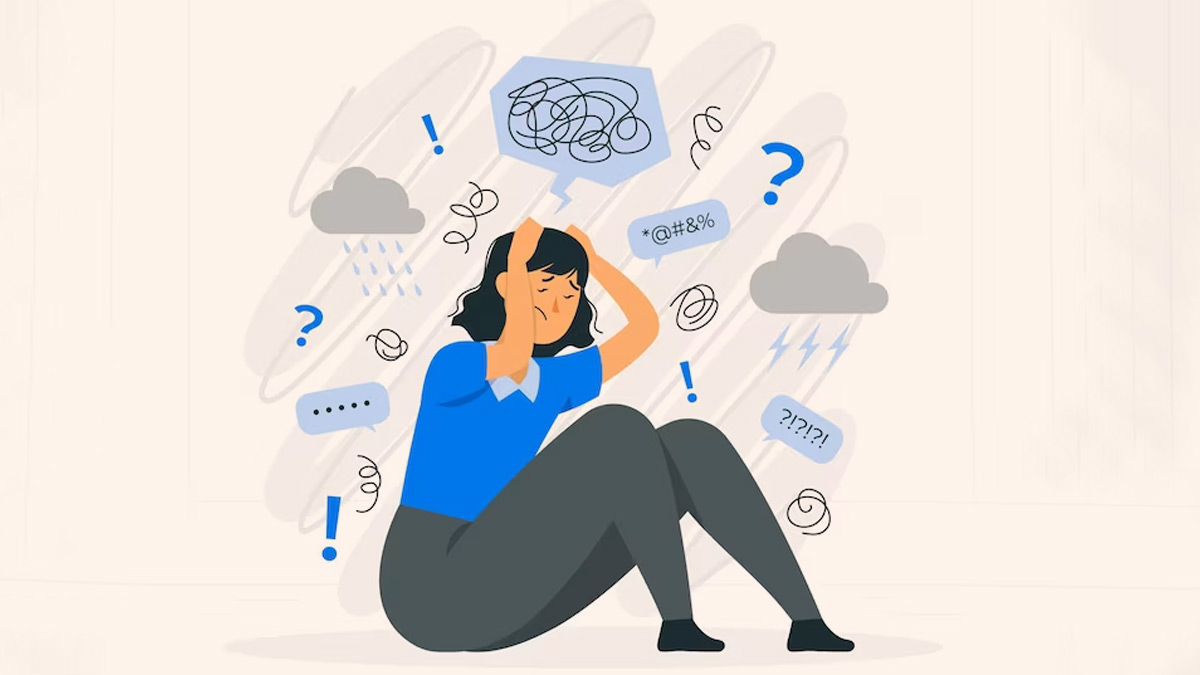Mental Health & Anxiety
Discription:
🧠 Calm Within: A Guide to Managing Anxiety & Building Mental Strength
By [Your Books]
📖 Chapter 1: What Is Anxiety?
Anxiety is more than just feeling nervous before a big event. It’s a natural reaction to stress, but when persistent, it can impact daily life. It might appear as racing thoughts, tightness in the chest, or restlessness without clear cause. Understanding anxiety is the first step to managing it. It’s not a sign of weakness—it’s your brain’s way of staying alert to danger, even when the threat isn't real. By recognizing how anxiety shows up in your body and mind, you gain power over it.
📖 Chapter 2: The Mind-Body Connection
Our thoughts and physical health are deeply linked. An anxious mind can create tension in the body, while poor physical habits can worsen anxiety. For example, lack of sleep, poor diet, or little movement can all heighten stress responses. Practicing yoga, breathing exercises, or walking daily helps release built-up tension. When we care for the body, we calm the mind.
📖 Chapter 3: Everyday Triggers You Might Overlook
Small habits can unknowingly trigger anxiety. Doom-scrolling on your phone, skipping meals, caffeine overload, or even poor lighting can affect your mood. Identifying your personal triggers—like social situations, deadlines, or certain people—helps you prepare or adjust. Awareness is the key to change.
📖 Chapter 4: Breathing Techniques That Calm
Your breath is a built-in tool to reduce anxiety. Slow, deep breathing tells the brain you're safe. Try this: inhale for 4 seconds, hold for 4, exhale for 6. Repeat. This technique slows your heart rate, clears your mind, and helps anchor you in the moment.
📖 Chapter 5: Building a Safe Routine
An unpredictable day can feed anxiety. A simple routine—waking at the same time, having set meals, or ending your night with reflection—provides a sense of safety. It tells your brain: “You’re in control.” Add relaxing rituals like journaling, reading, or lighting a candle to create comfort.
📖 Chapter 6: Nutrition & Mental Health
Food affects how we feel. Skipping meals or eating junk may cause blood sugar spikes, which can mimic anxiety symptoms. Eat balanced meals with proteins, healthy fats, and greens. Hydrate well and avoid too much caffeine. Your gut and brain are connected—treat both with care.
📖 Chapter 7: Digital Detox for Clarity
Constant notifications and social media can overstimulate the brain. Take short breaks—a walk without your phone, a tech-free hour before bed, or even a full-day detox. You’ll notice your focus improve and your anxiety lessen. Less screen time = more peace of mind.
📖 Chapter 8: Replacing Fear with Focus
Anxiety often arises from imagined fears. One way to cope is to shift focus. Replace “What if I fail?” with “What can I control right now?” List actions you can take, however small. Focus transforms fear into progress. Journaling these thoughts helps track your mindset.
📖 Chapter 9: When & How to Seek Professional Help
It’s okay not to manage everything alone. If anxiety interferes with sleep, work, or relationships, a therapist can help. Professionals use tools like CBT (Cognitive Behavioral Therapy) to change harmful thought patterns. Therapy is a sign of strength, not weakness.
📖 Chapter 10: Growing Stronger Through Self-Acceptance
Healing starts with kindness to yourself. You are not your anxious thoughts. Accept where you are, without judgment. Celebrate small wins—getting out of bed, asking for help, or taking a deep breath. With time, support, and patience, you will grow stronger from within.


Comments
Post a Comment